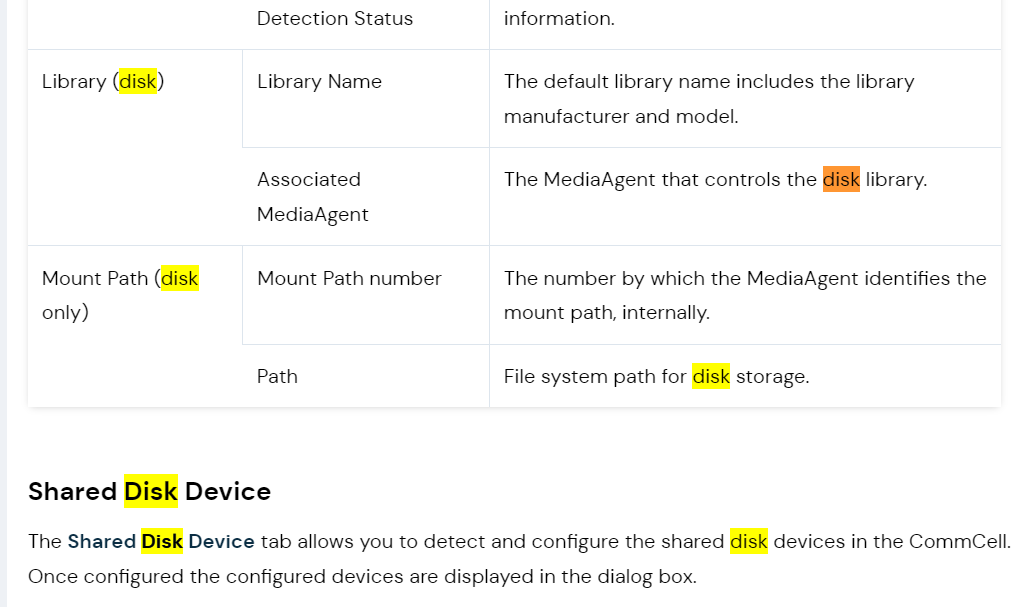I will soon have to implement Commvault on a site consisting of the following elements:
- 2 MediaAgent
- A NetApp storage array presenting file per block via iSCSI
The idea is that the MAs work on the same storage and that when one goes down the other continues to provide availability to the infrastructure for both backup and restore operations and reading a lot I think that the best for my case would be to implement GridStor: https://documentation.commvault.com/2022e/expert/10842_gridstor_alternate_data_paths.html
For my knowledge and experience, reading it makes me a somewhat complicated configuration and I don't know if it fits the needs I am looking for.
This is the procedure that is the most difficult for me because I do not understand very well why: https://documentation.commvault.com/2022e/expert/9788_san_attached_libraries_configuration.html
I thought that presenting the LUN to the MA and formatting it and sharing the data path with the other MA would be enough but I see that it is not so. Can someone give me some guidance to make a correct and optimal design?
Now comes the other doubt and it is that in another site I have the following infrastructure:
- 1 MediaAgent
- A NetApp storage cabinet that presents file per block using iSCSI.
What would be the optimal way to present the storage to this MA? Presenting the LUNs and formatting them in NTFS so that it sees them as local disks or following the same procedure to add a SAN storage as in GridStor even though I only have one MA: https://documentation.commvault.com/2022e/expert/9788_san_attached_libraries_configuration.html
I have tried to look for good block storage practices but I can't find much.
Sorry for the length of the post and thank you very much in advance.
Regards
